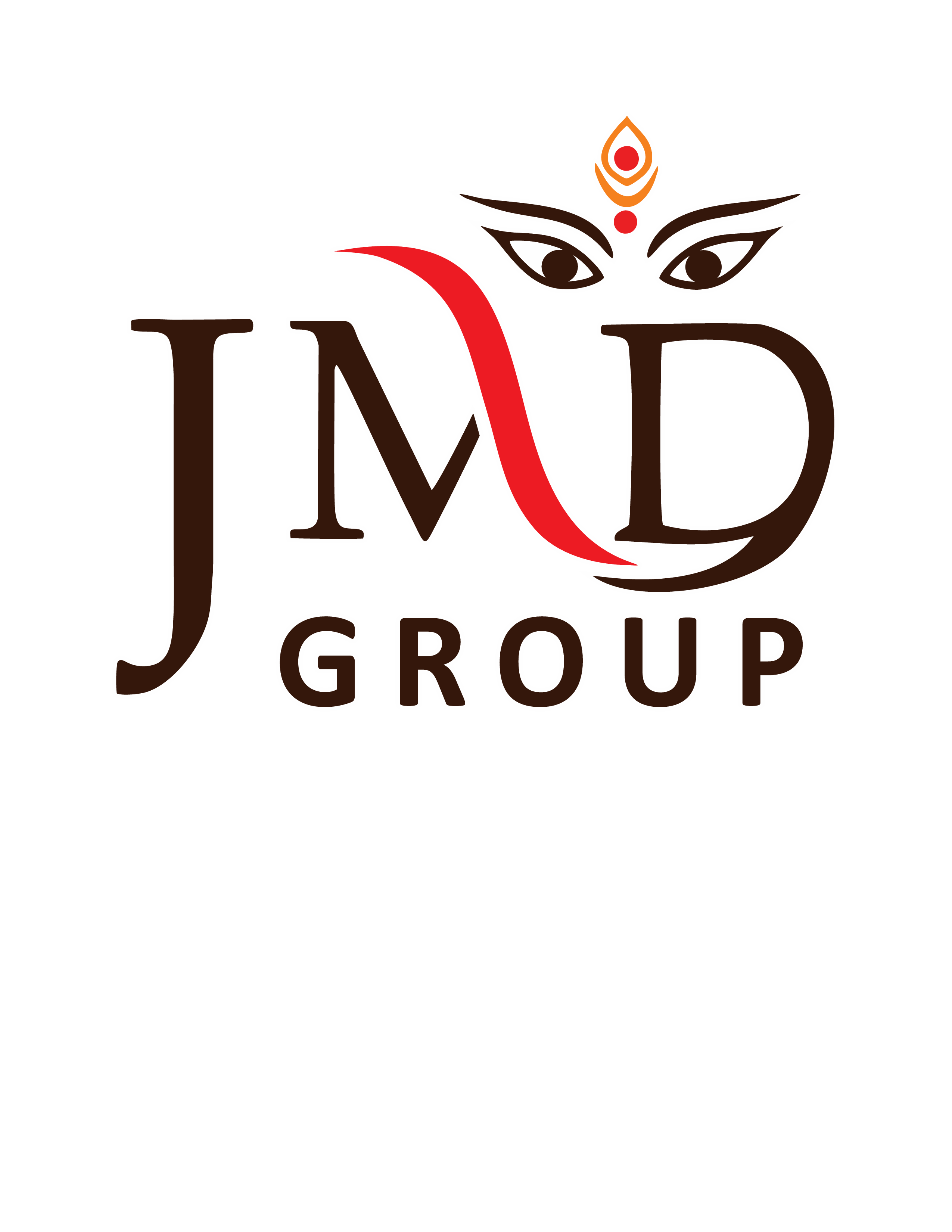
| Overdraft and Cash Credit account both are the type of loan accounts in which the account holder can withdraw the amount he requires . |
Difference between Cash Credit & Overdraft
| Cash Credit | Overdraft |
| Lower Interest Rates | Higher Interest Rates |
| Availed on hypothecation of stocks and inventory | Availed on the basis of account holder’s financials, credit history, relationship with the bank, and investments like FDs, insurance policies, etc. |
| Availed for majorly business purposes like working capital | Availed for general purposes, including business-related as well |
| Loan amount is based on the volume of stocks and inventory | Loan amount is based on the financials and security deposits |
| Limit does not reduces over time | Monthly reduction in the case of Overdraft |
| To avail Cash Credit, a new account needs to be opened | Overdraft facility is availed on the existing account of the applicant (account holder) |
| Availed for a minimum of 1 year | Availed for shorter tenure like a month or quarter, maximum of 1 year (With Yearly Renewal option) |
| Availed by individuals, retailers, traders, manufacturers, distributors, companies, partnerships, sole proprietorships, LLPs, etc. | Availed by account holders of the respective bank |
| Amount sanctioning is based on the business performance and market situations | Overdraft Limit is sanctioned based on financial statements and security deposits |
![]()
Cash Credit and Overdraft are referred to as credit limits sanctioned by banks wherein both of these financial instruments can be used to avail funds against the hypothecation of inventory in case of Cash credit and financial statements of the account holder(s) for Overdraft.
Points to Remember:
- Processing Fee: Keep a check or compare the processing fee charged by the lender, as it may vary from bank to bank
- Interest Rate: The interest rate charged by lenders for Cash Credit loans is lower, as compared to an Overdraft facility
- Loan Amount Utilization: Cash credit offers a defined limit depending on the hypothecation of stocks, whereas there are few banks that charge extra amounts on the unutilized loan amount after a certain time period
- Foreclosure charges: Some lenders do charge foreclosure charges if the borrower wants to close the amount. In this case, borrowers need to pay a certain percentage of the loan amount to close their loan account which ranges from 1% to 2% in general
Therefore, it is recommended to check all the additional and hidden fees and charges levied by the financial institution before opening a new account or availing Overdraft facility on an existing account. Long-term funding is often offered at low-interest rates and short-term funding incurs higher interest rates.
![]()
Similarities between Cash Credit & Overdraft
- The interest rate offered by the lender for Cash Credit and Overdraft is charged on the amount of money utilized and not on the sanctioned amount or limit
- Cash Credit limit and Overdraft amount are repayable on demand
- Both of these financial tools are offered against the security of current assets
- The loan limit/amount sanctioned remains fixed and additional money cannot be withdrawn in both cases
Cash Credit and Overdraft are considered to be the two most vital financial tools to meet the short-term, as well as long-term requirements of an individual or company. Both of these products look quite similar and still are differentiated in various financial aspects. Cash Credit and Overdraft are considered to be popular types of business loans wherein minimum documentation is required.

